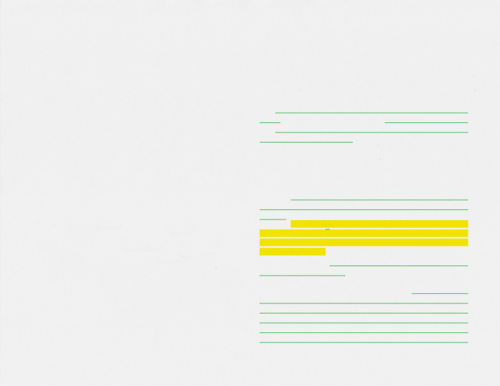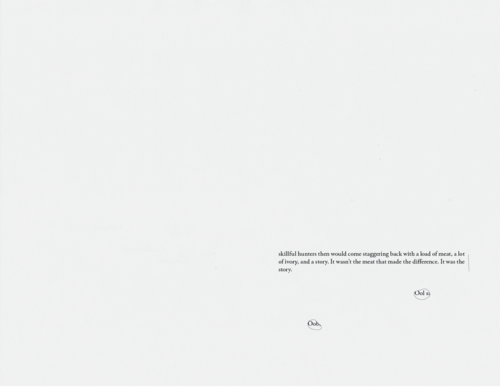User:Simon/Retention and transformation of annotations: Difference between revisions
| Line 16: | Line 16: | ||
[[File:carrier bag 01.png|500px|frameless]] | [[File:carrier bag 01.png|500px|frameless]] | ||
[[File:carrier bag 02.png|500px|frameless]]<br> | [[File:carrier bag 02.png|500px|frameless]]<br> | ||
<small>Hand-drawn annotations | <small>Hand-drawn annotations digitally transcribed from a PDF of Ursula K. Le Guin's "The Carrier Bag Theory of Fiction"</small> | ||
Revision as of 18:57, 10 June 2020
interfaces for annotation
The formal qualities of annotations are defined by the tools used to make them, and also the cultural uses of these. Given a pen, most people will write, although it is also possible to draw or use it in other ways. With a keyboard it seems most appropriate to type. With a mouse, one can click on things, and select them.
What happens when these are retained, transformed and isolated from the source?
digital annotations
These are rare, but I found one PDF of Jorge Luis Borges "The Garden of Forking Paths" that had underlinings and highlighted text. The interesting thing is that these change appearance slightly depending on the e-reader software used to display the text.


Digital annotations transcribed from a PDF of Jorge Luis Borges' "The Garden of Forking Paths"
analog annotations
Another text that came pre-annotated was Ursula K Le Guin's "The Carrier Bag Theory of Fiction". For this, I placed scans in a vector graphics program and digitised pen marks. I also included the text that was annotated with circles, underlines and lines in the margins.


Hand-drawn annotations digitally transcribed from a PDF of Ursula K. Le Guin's "The Carrier Bag Theory of Fiction"
